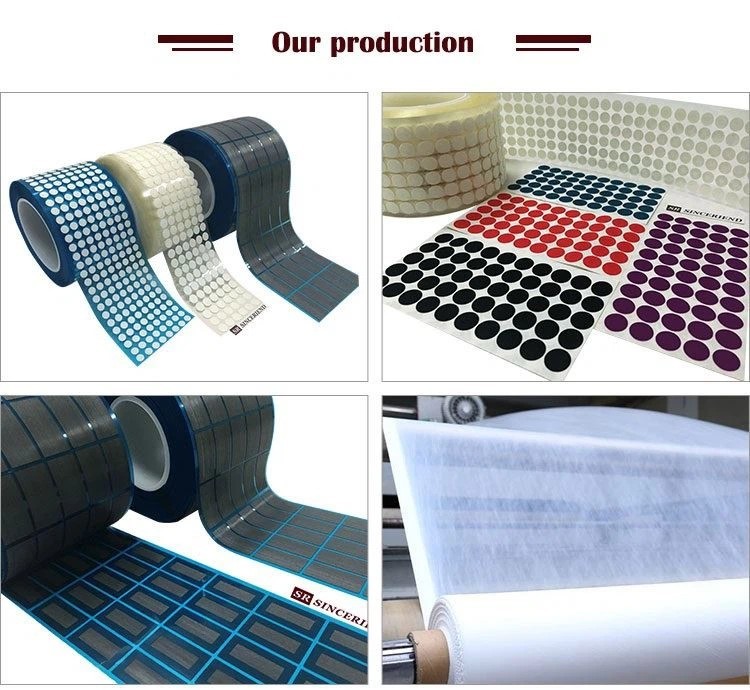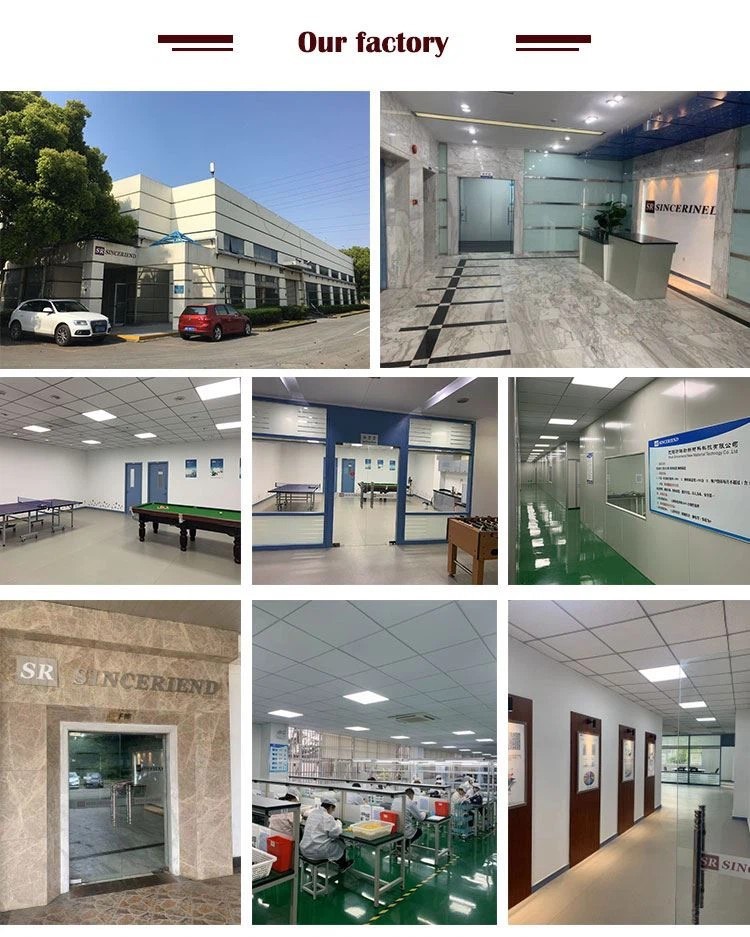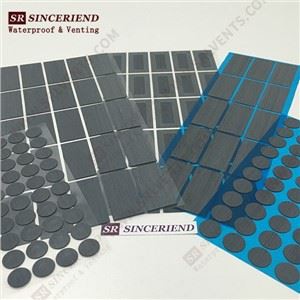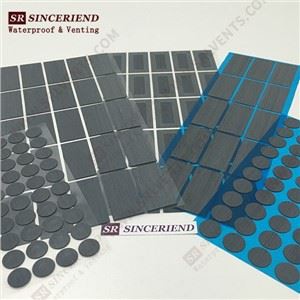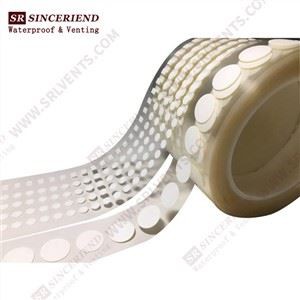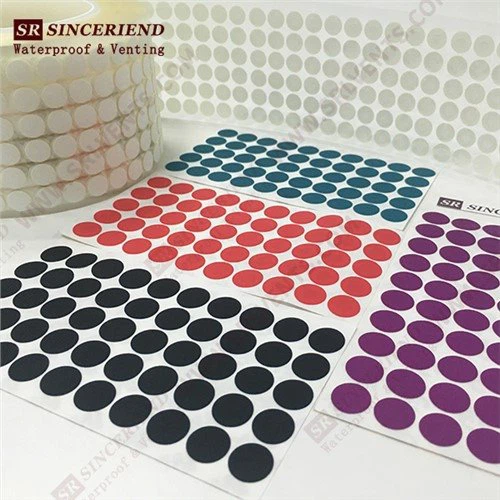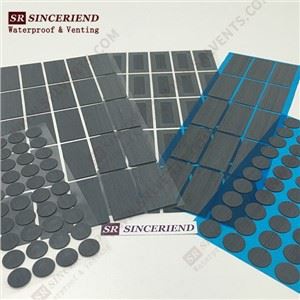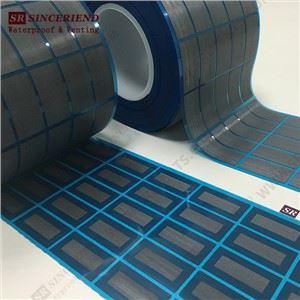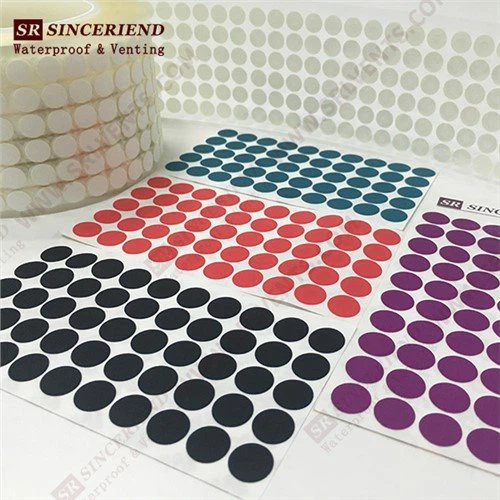Introduction
Products Description
Outdoor Electronics Vents are ventilation systems designed to keep outdoor electronic equipment safe from dust, moisture, and other dangerous elements. These vents are typically built of strong materials that give dependable protection in extreme weather situations. Their design ensures heat dissipation and airflow within the device, preventing it from overheating and extending its useful life.
Design Requirements
1. Waterproof and dustproof: Typically, a specific waterproof and breathable membrane, louver design, or maze structure is utilized, which not only ensures air circulation but also effectively prevents the entrance of external contaminants.
2. Windproof: There are often strong gusts outside. The vents should be designed to reduce wind resistance and prevent high gusts from interfering with airflow within the device. At the same time, it is vital to keep wind from blowing straight onto the equipment, reducing heat dissipation or causing damage.
3. Corrosion resistance: Outdoor air contains a variety of corrosive chemicals, including salt spray and acidic gasses. The vents' material and surface treatment should be corrosion resistant to guarantee that their effectiveness is not compromised during long-term outside use.
4. Low noise: During the ventilation process, the noise generated by the airflow via the vents should be kept to a minimum to avoid disturbance with the surroundings.
5. Simple to install and maintain: When designing vents, consider the ease of installation on the equipment as well as the operability of future maintenance. It should be able to integrate seamlessly with the general structure of the equipment, be simple to install and disassemble, and allow cleaning, inspection, and other maintenance tasks inside the equipment.
Features
1. Waterproof and dustproof design: These vents are waterproof and dustproof, which effectively keeps rain, dust, and other particles out of the device's inside, keeping it dry and clean.
2. Good ventilation performance: The vents are cleverly designed to provide adequate air circulation, which aids in heat dissipation and prevents overheating damage.
3. Durable materials: Vents are typically built of materials that can survive sunlight, rain, and high temperatures, ensuring long-term reliability and stability.
4. Simple to install: These vents are often designed to be simple to install and maintain, and users can attach them to the device without the need for complex tools or knowledge.
5. Varying sizes: Outdoor Electronics Vents offer a range of size and form options to fulfill the ventilation requirements of diverse outdoor devices.
Installation Location
1. Top or upper side: Placing the vent on the top or upper side of the equipment promotes the natural rise and discharge of hot air, resulting in an effective heat dissipation channel. At the same time, such a high elevation reduces the probability of rain, dust, and other contaminants entering the vent directly, so improving the equipment's protection.
2. Away from water and dust sources: To avoid being harmed by water splashes and dust, install the vent as far away from water sources and dusty areas as feasible.
3. Based on the interior layout of the equipment: The vent installation position should take into account the equipment's internal structural arrangement and airflow direction. In general, the vent should match to the position of the heating element inside the device in order to maximize heat output. At the same time, avoid placing the vent in a place that interferes with the regular operation of other components inside the equipment to ensure that the overall performance of the equipment is not compromised.
Maintenance and Care
1. Regular inspections: Regularly inspect the vents of outdoor electronic items for obstructions, damage, or distortion. If the vent is found to be clogged with dust, leaves, and other material, it should be cleaned promptly to guarantee proper ventilation; if the vent is found to be damaged, it should be replaced immediately to avoid external contaminants from entering the equipment.
2. Cleaning and maintenance: Clean and maintain the vent on a regular basis, taking into account the severity of the use environment. To remove dust and filth from the vent's surface, gently wipe it with a clean, soft cloth or brush. For waterproof and breathable membrane vents, avoid scratching the film with sharp instruments, since this will compromise its waterproof and breathable performance.
3. Check for protection measures: Ensure that the vent's protective measures, such as sealing strips, filters, and so on, are intact. If there is aging, damage, or shedding, it should be changed or repaired as soon as possible to ensure that the vent remains waterproof and dustproof.
